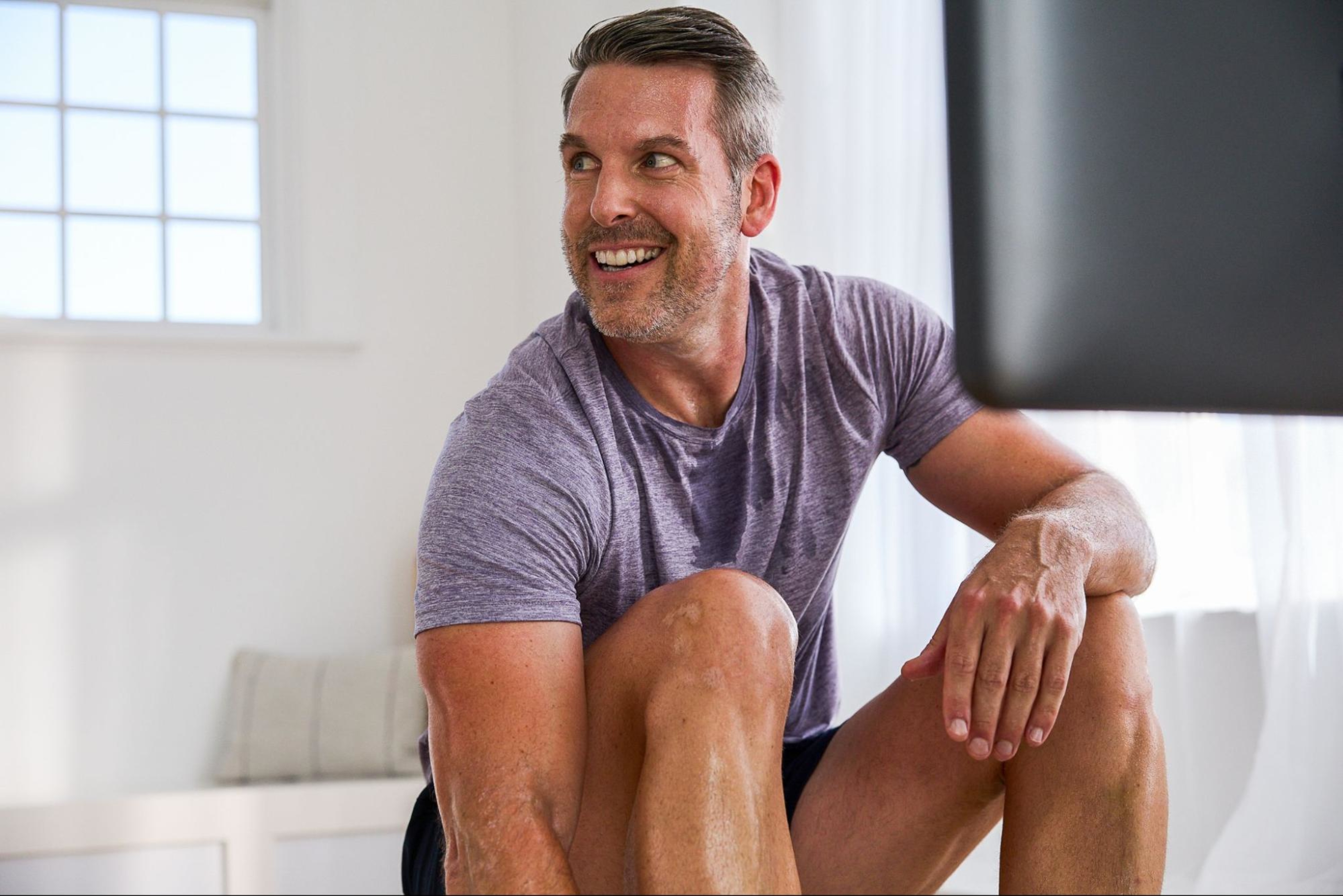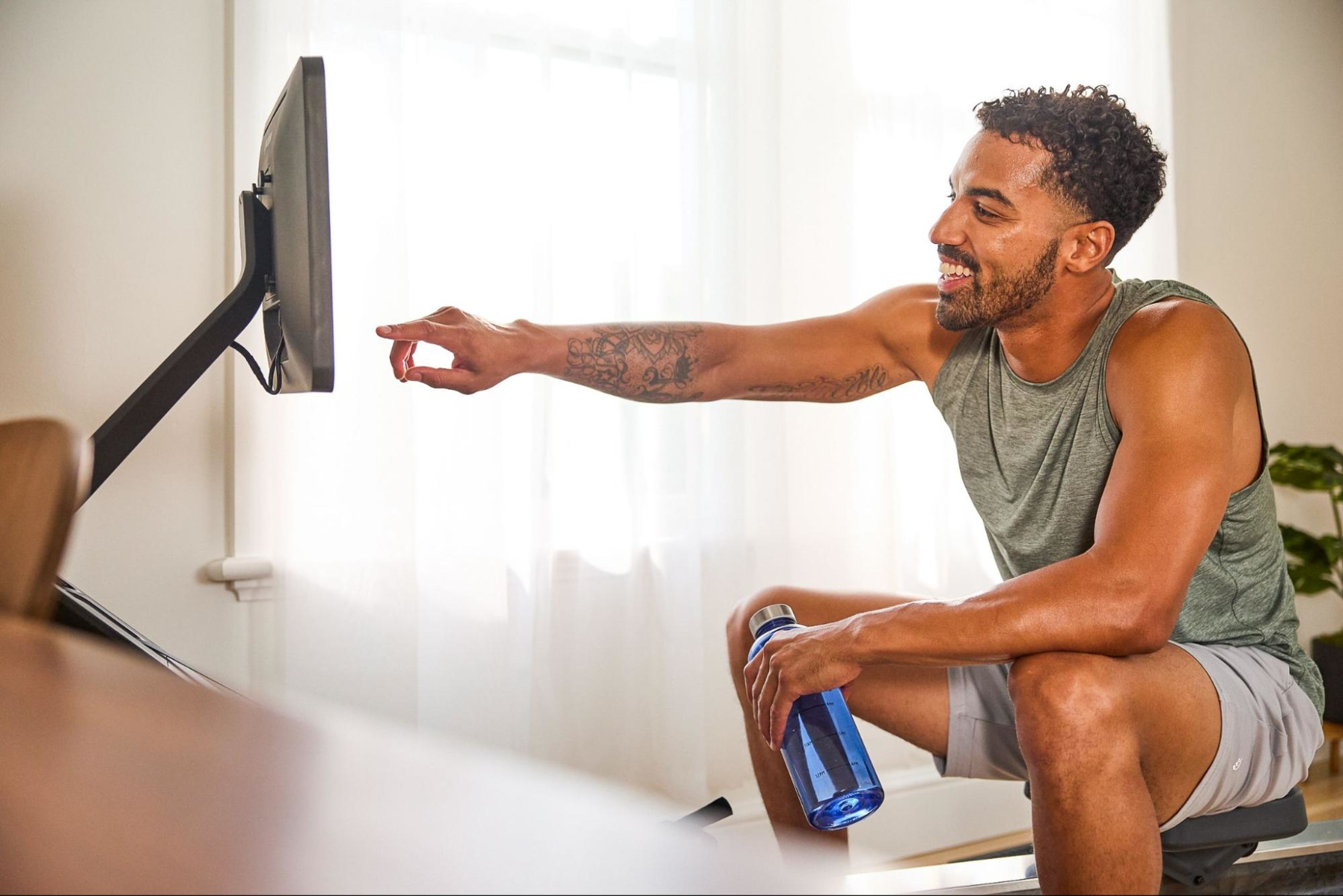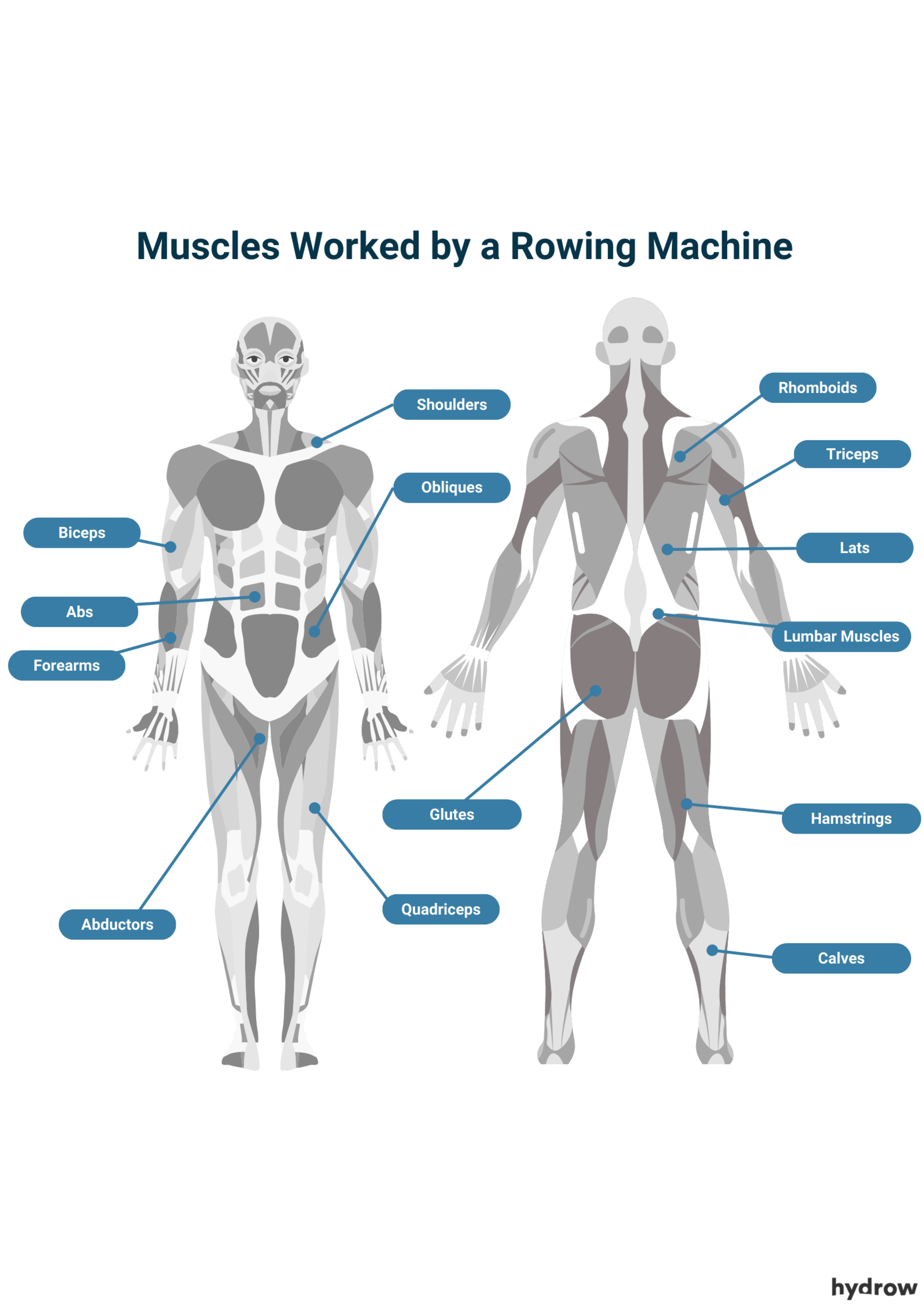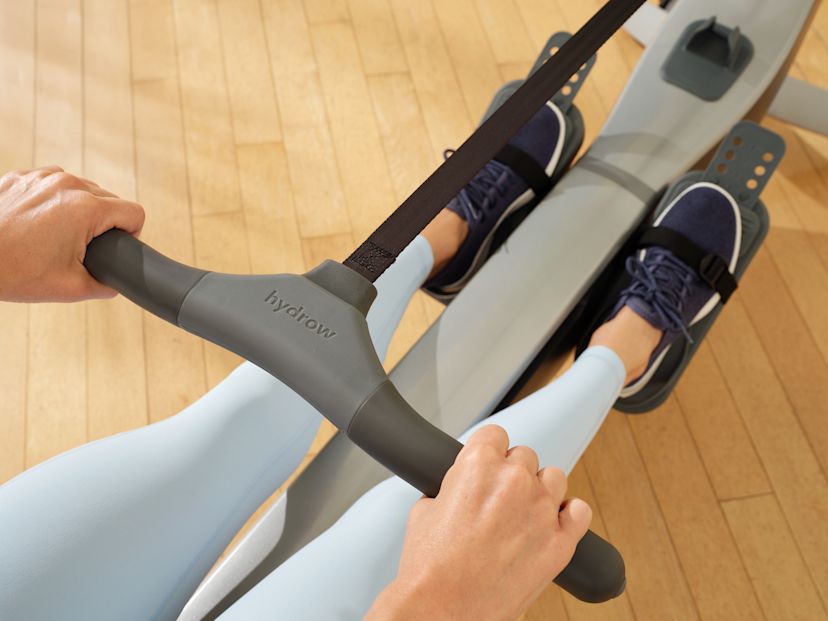Is Rowing Cardio or Strength?
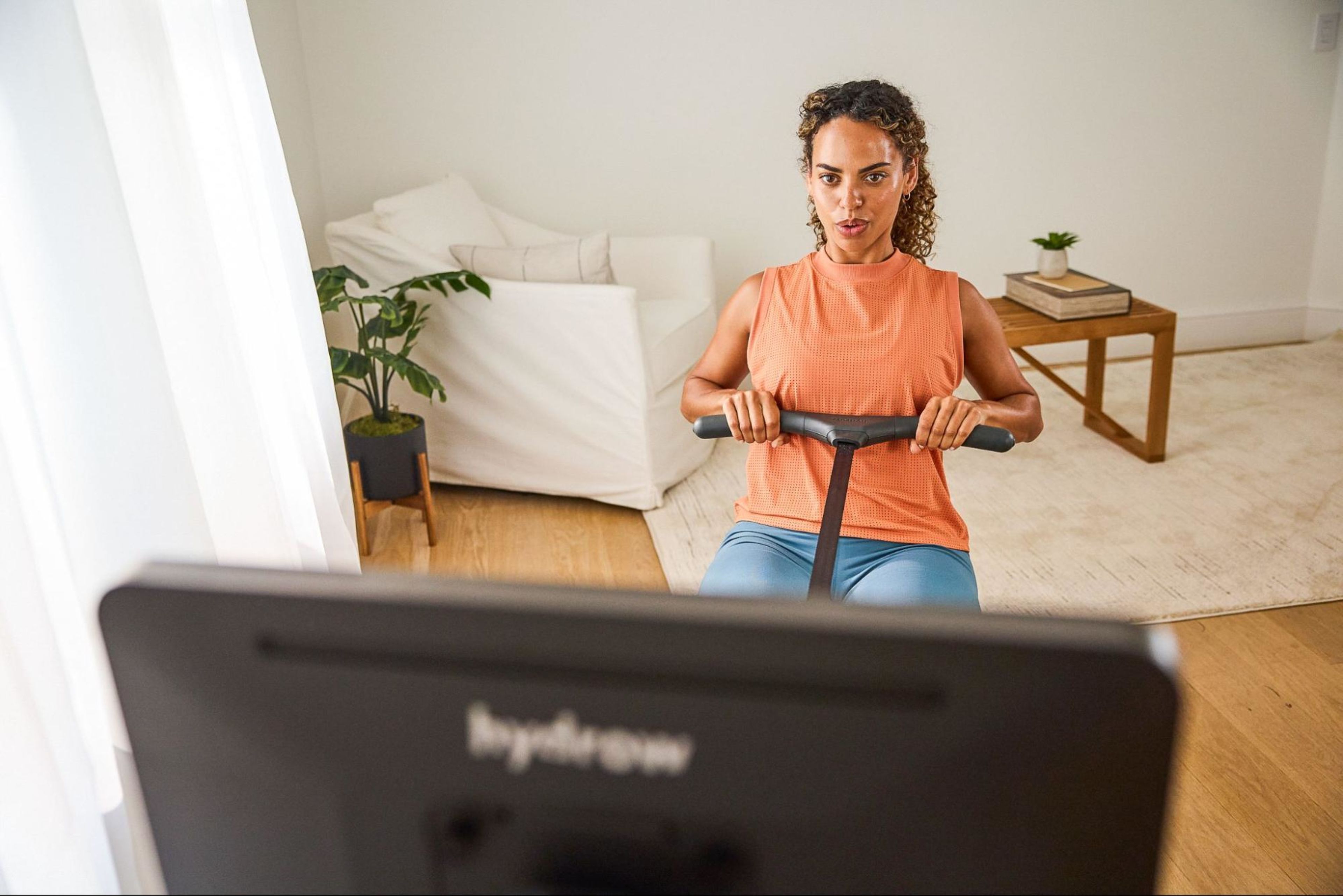
When you’re crafting an effective, strategic fitness routine, you want to get the most out of every sweat session, especially if your time is limited. So, it helps to know how each type of exercise you do fits into the plan
If you’re looking into rowing, you may be wondering whether rowing is strength or cardio. Keep reading for a deeper understanding of the benefits of rowing and how it can help you maximize your cardio and strength results.
This blog will explore:
Let's dive in!
Is rowing cardio or strength?
Drumroll, please—it’s both! How’s that for effective and efficient? A regular rowing routine can support your cardio and strength goals because it is a full-body and high-intensity (yet low-impact!) option that burns major calories in a short period of time.
Let’s take a closer look at the cardio and strength components of using a rowing machine:
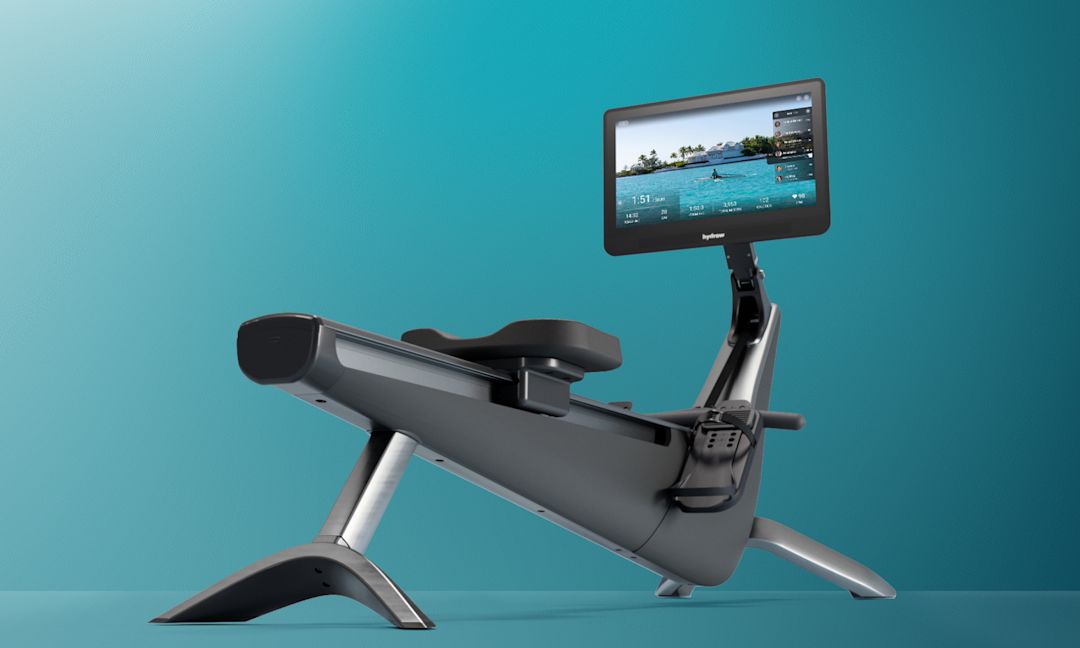
Holiday savings are here
Bring home our award-winning rowers at the best prices of the year.
5 reasons why rowing is good for cardio
Rowing is one of the best types of cardio exercises around. Here’s why:
1. It burns a lot of calories
Depending on your body size and the intensity of your workout, you could burn between 200 and 500 calories in 30 minutes of rowing, according to Harvard Health Publishing. That’s more than walking or using an elliptical and about the same as riding a stationary bike, which only works your lower body.
2. Rowing is low-impact
While you’ll often hear about the dangers of sitting too long, a seated workout like rowing can actually be good for you. That’s because it takes the impact off of your knees and spine, according to the Cleveland Clinic, which can be helpful if you have pain in those joints.
Depending on your unique needs, that could make rowing a safer and more comfortable cardio option than a higher-impact activity like running.
3. It improves cardiovascular endurance
Cardiovascular endurance is a way to measure your level of cardio fitness, or how well your heart and lungs work to pump blood and oxygen around your body during exercise, per the Cleveland Clinic. When your cardiovascular endurance goes up, you can push through longer bouts of cardio activity. Anything that challenges your heart and lungs—like rowing—builds cardio endurance over time.
4. Short rowing workouts are just as effective
Hydrow rowing workouts are short for a reason: You can get the cardio work you need in just 20 minutes—or less! Rowing involves short bouts of high-intensity work followed by short periods of rest. This kind of interval workout can improve cardio fitness as much as (if not more than) longer, lower-intensity workouts in less time, according to research in the International Journal of Environmental Research and Public Health—a win-win!

Low-impact, high reward.
Build lasting strength on a rower designed to protect your joints.
5. It’s safe and welcoming for all fitness levels and abilities
Rowing might seem a bit intimidating, but it’s a beginner-friendly workout that meets you where you are. You can start with just a few minutes of rowing while you get used to the machine and perfect your form. And when a workout is welcoming to all, you might be more likely to stick with it, compared to one that’s not safe or comfortable from the start. (There’s even research examining the benefits of rowing in people with spinal cord injuries and vision impairments, showing just how diverse rowers are.)
Over time, you can increase your time and intensity and get an even better cardio workout. Not sure where to start? Try Hydrow’s four-week Beginner Training Camp.
5 reasons why rowing is good for strength
Rowing also delivers big-time strength benefits. Here are some of the top muscle-building perks:
1. It taxes almost all of your muscles
It’s said that rowing works a whopping 86 percent of the muscles in your body. That’s about as close to a total-body workout as you’re going to get. (That’s also part of the reason why rowing burns so many calories!)
Rowing builds strength in so many muscle groups because of the four-part stroke. Each part of the stroke works different muscles in different ways.
2. Rowing builds lower-body strength
If you’re new to rowing, you might be surprised to learn it’s actually about 65–75 percent leg work, according to American Fitness Professionals and Associates.
All the major muscles of your lower body get involved, including your glutes (the muscles of your buttocks), your quads (the muscles on the front of your thighs), your hamstrings (the muscles on the back of your thighs), and your calves (the muscles on the back of your lower legs).
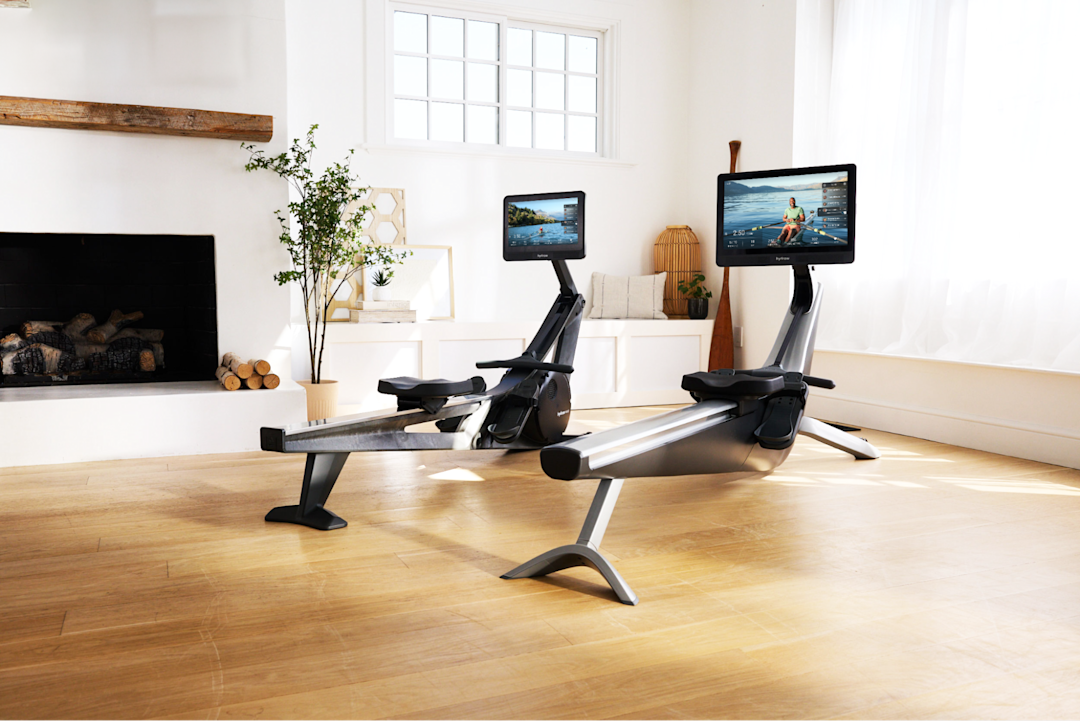
Wondering if a Hydrow rowing machine is right for you? Get answers in our FAQ guide.
3. It improves upper-body strength
But that doesn’t mean your upper body isn’t working! Your biceps and triceps in your upper arms work to pull and relax the rowing machine’s handle. Your back and shoulders power your rowing stroke. And even your smaller forearm muscles play a role by helping you maintain a strong grip.
4. Rowing challenges your core
The muscles in your torso are the key connection between the upper- and lower-body movements involved in your rowing stroke. Your core fires to help stabilize you throughout the entire rowing workout. Over time, that can help you build core strength, which helps protect your spine from injury and reduces back pain, according to the American Council on Exercise.
5. It improves your posture
Building strength in your upper body and core during your rowing workouts can also improve your posture, stability, balance, especially if you’re used to hunching over your phone or computer, according to the Cleveland Clinic. You’ll get even more strength benefits for your posture if you’re rowing with perfect form.
Related blog: Should You Do Cardio Before or After Weights?
Is rowing cardio or strength training?
While rowing is primarily a cardio exercise, you will definitely build strength as you maintain good form. Rowing is one of the best options for an efficient, effective, and total-body workout that delivers both strength and cardio benefits. You’ll burn major calories, improve your endurance, and improve strength in your upper and lower body — all with minimal impact to your joints.
If you’re considering adding a rowing machine to your home, Hydrow brings more than just equipment—it brings total-body results and intelligent training.
Each stroke works 86% of your muscles, delivering an efficient, immersive workout—and with real-time feedback and personalized scores, Hydrow helps you help you row smarter, build strength, and stay motivated. Just 20 minutes a day is all it takes to move with purpose, boost energy, and see results that last.
Hydrow’s workouts are led by world-class and Olympic Athletes and filmed on real water in beautiful locations around the world. Whether you’re rowing or cross-training with yoga, Pilates, strength, mobility, or circuit workouts, you’ll find movement that motivates—and keeps you coming back.
Ready to train smarter? Explore what Hydrow can do for you.

Real strength keeps moving
Learn how working out with Hydrow can help support a fuller, more active life.

